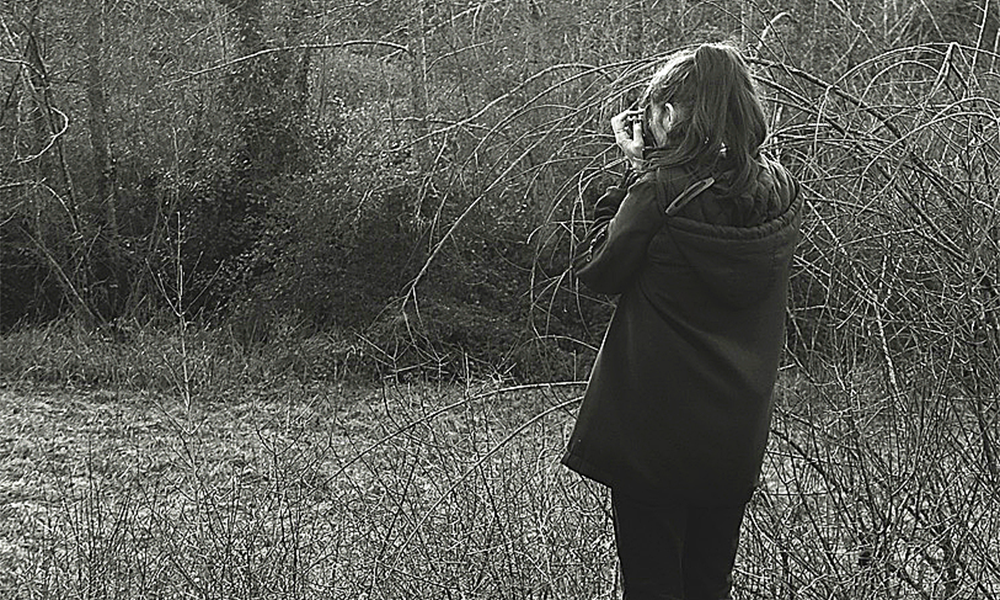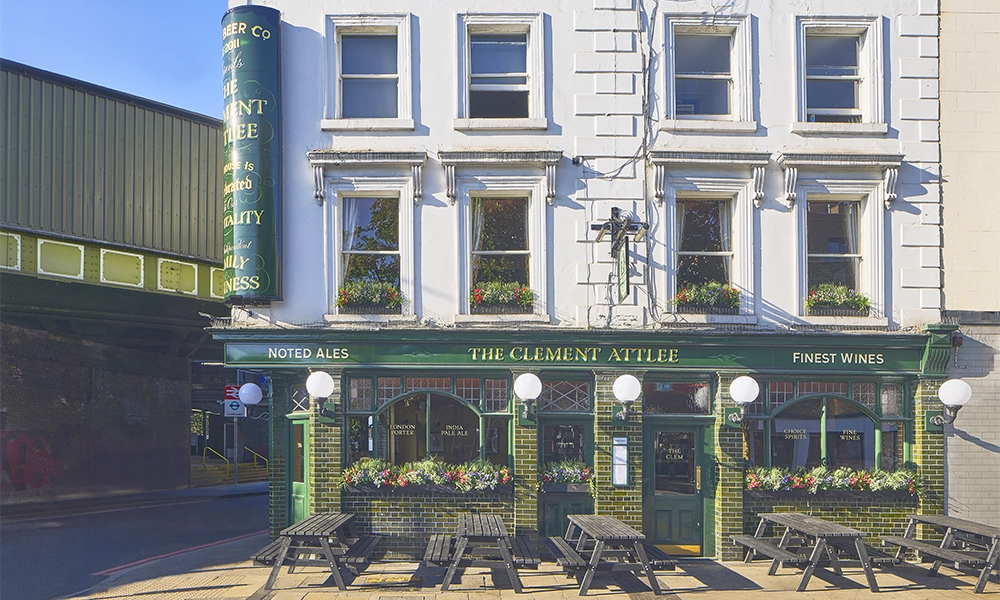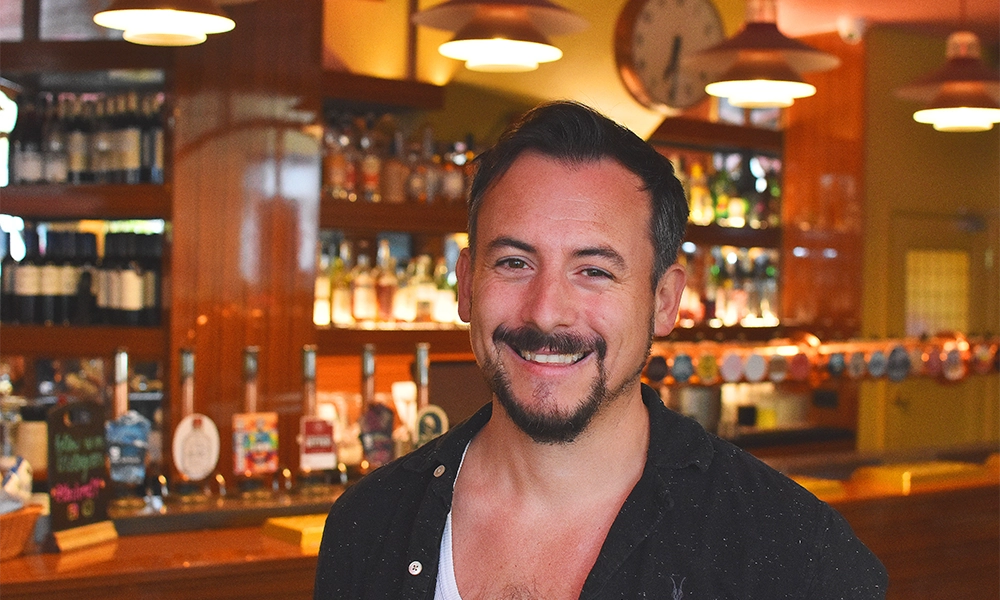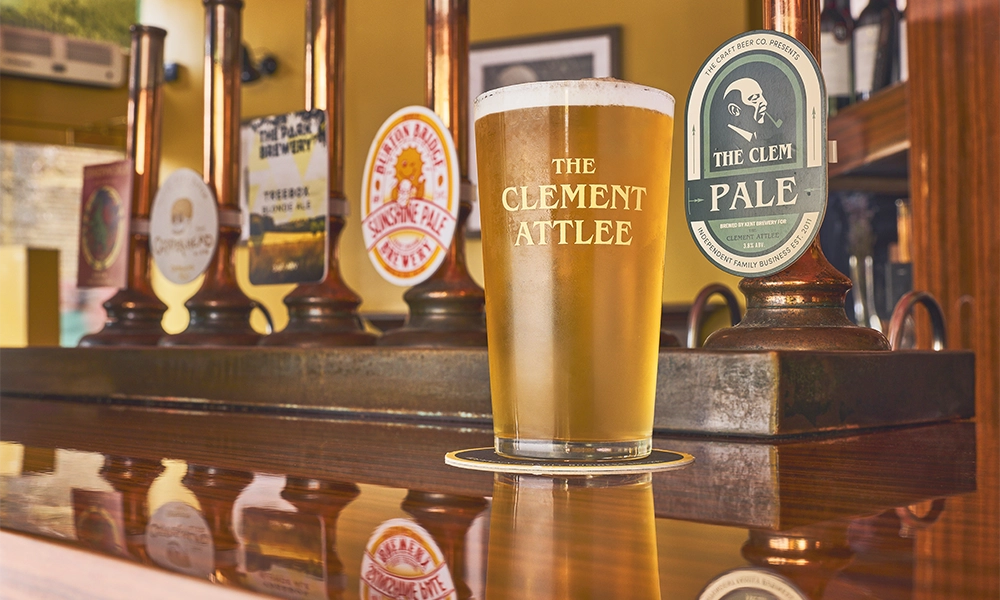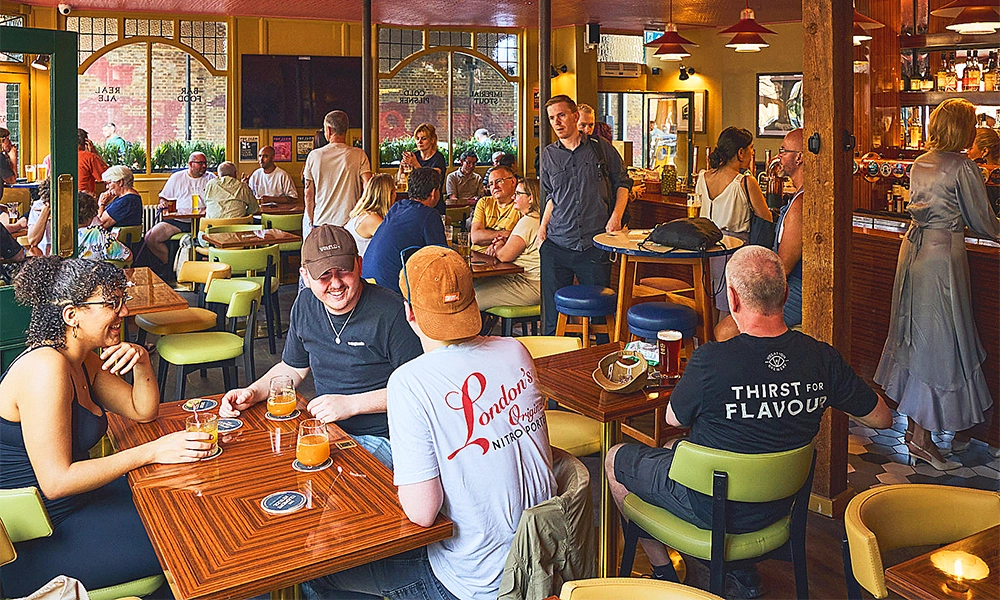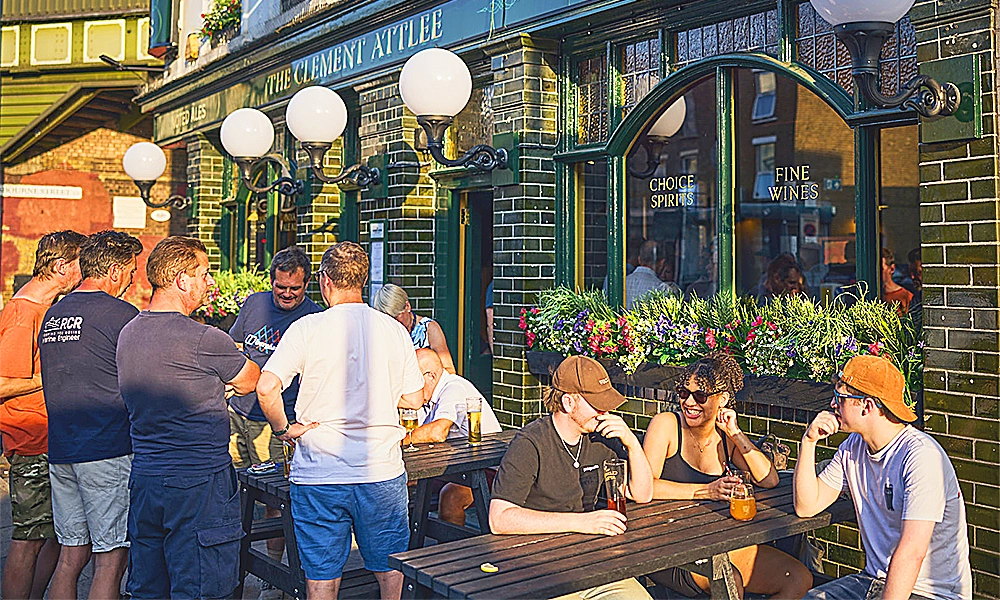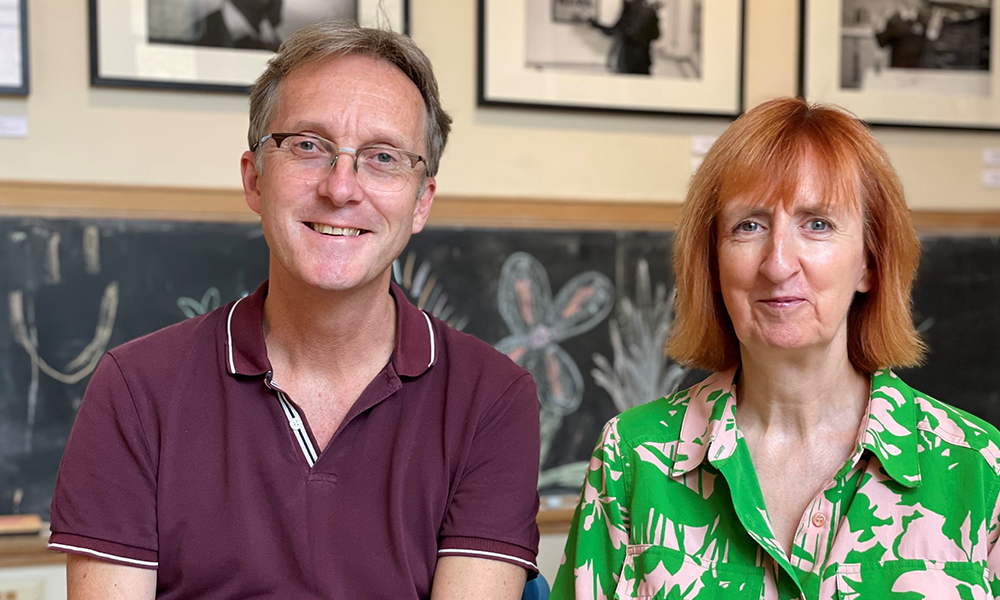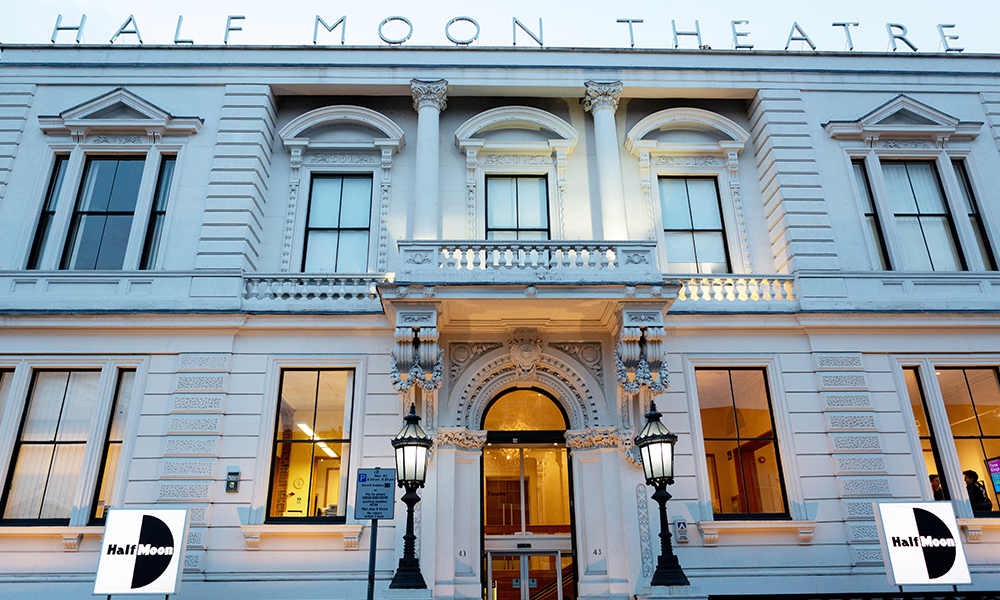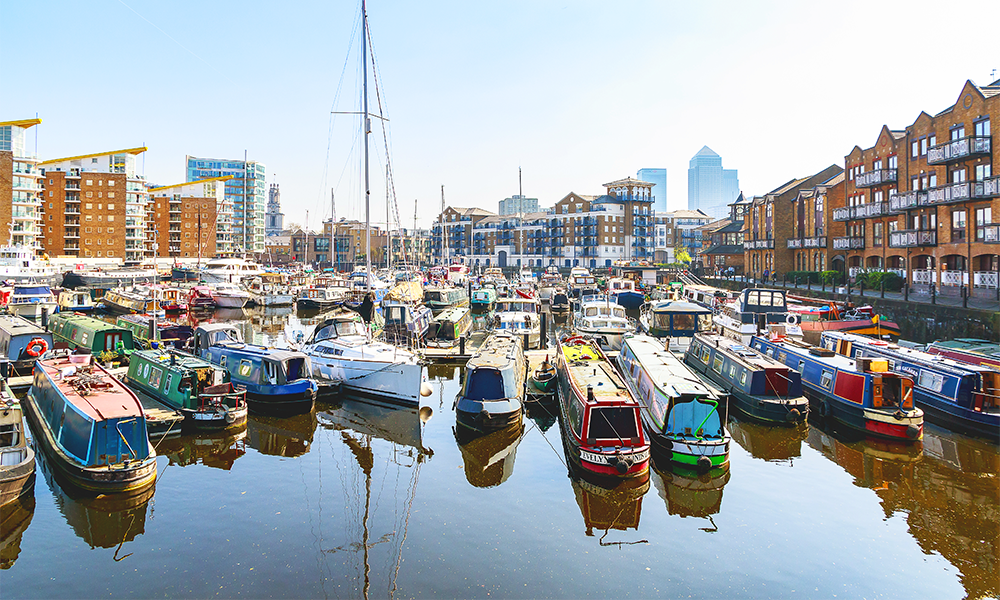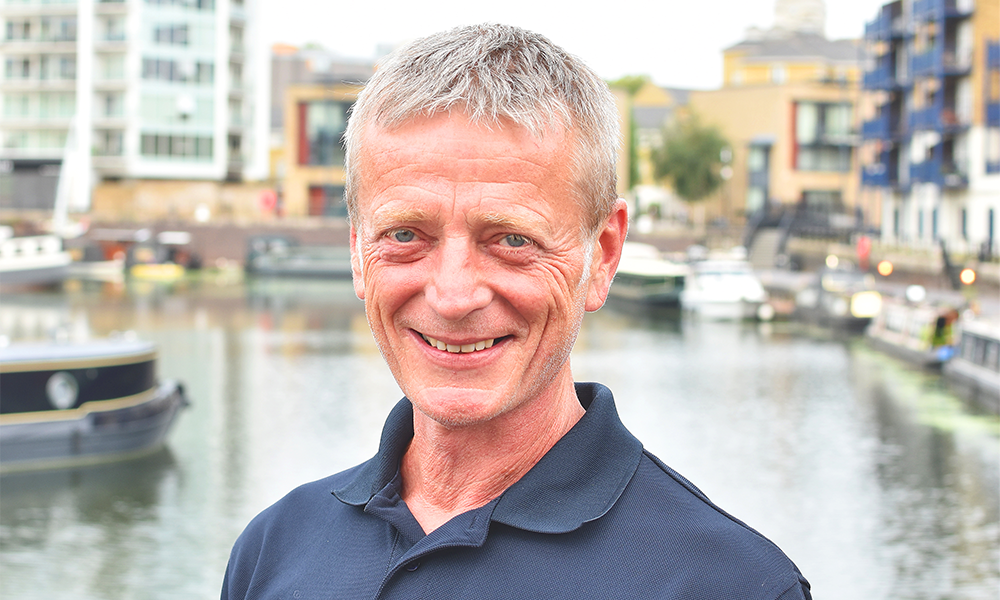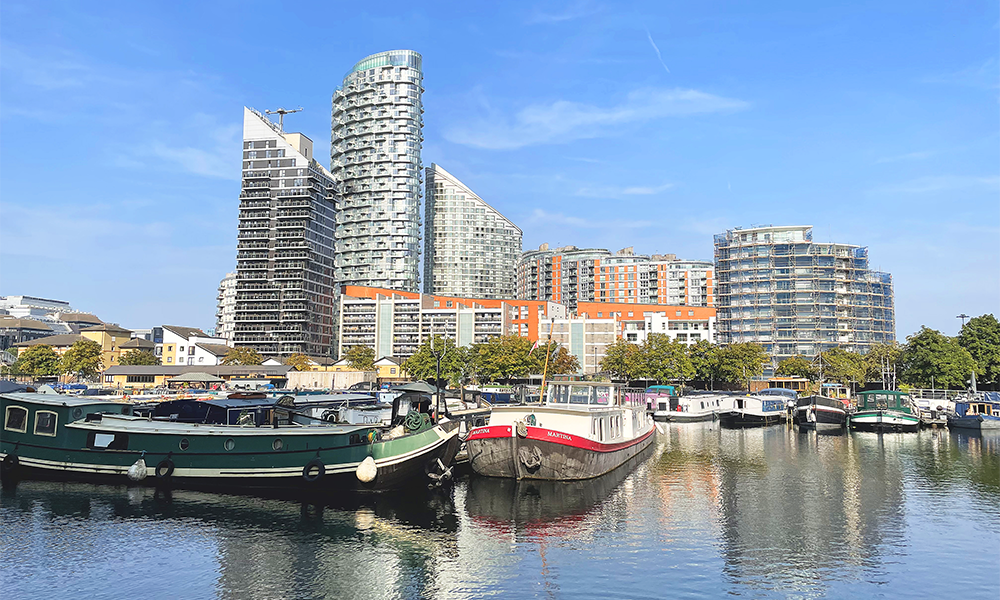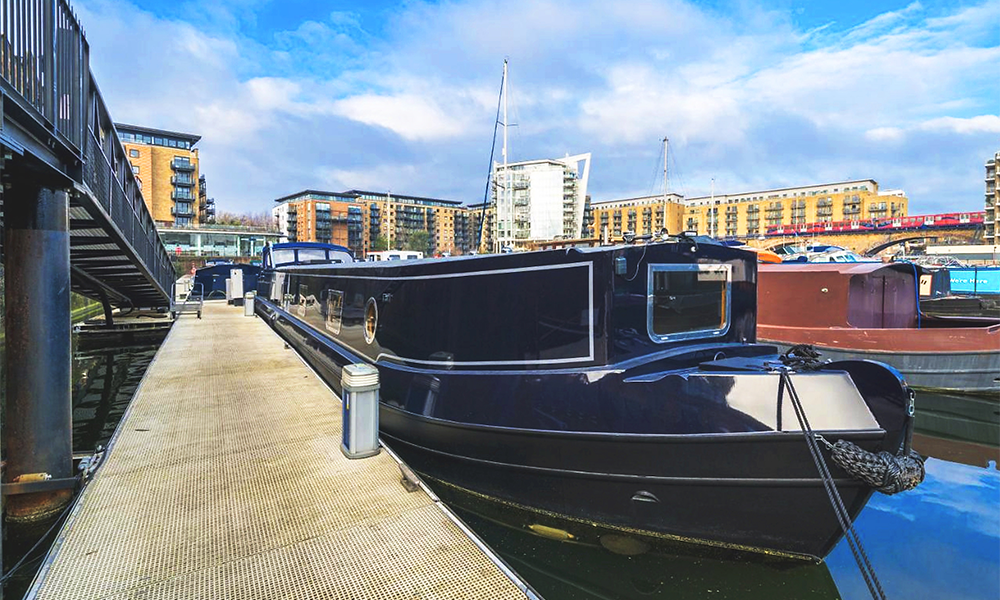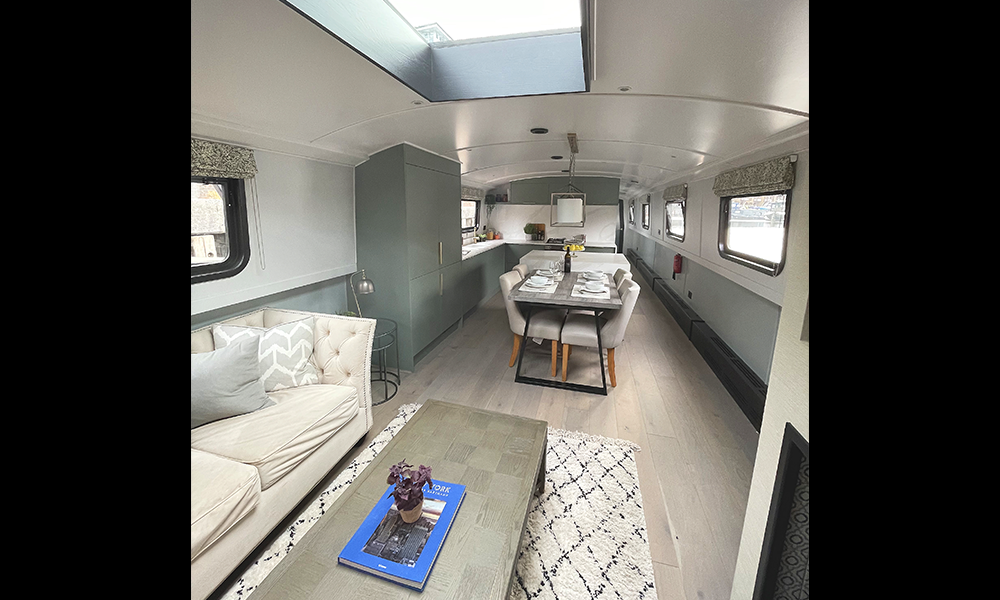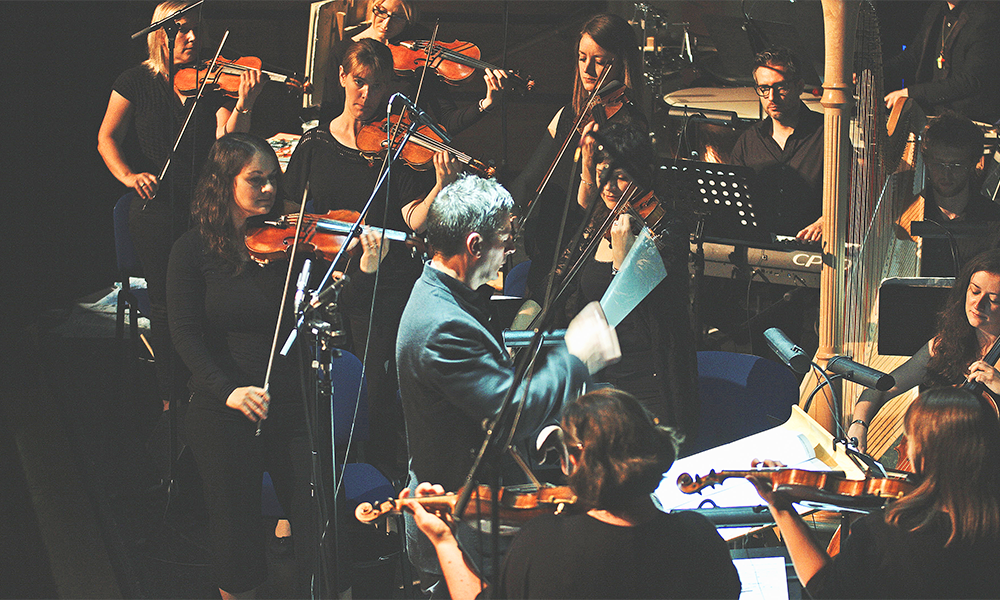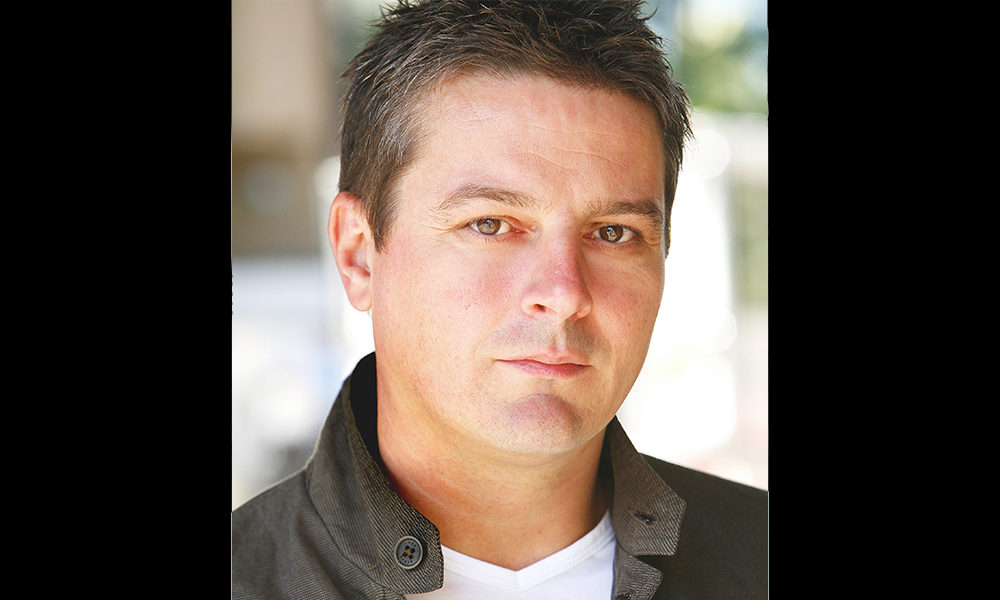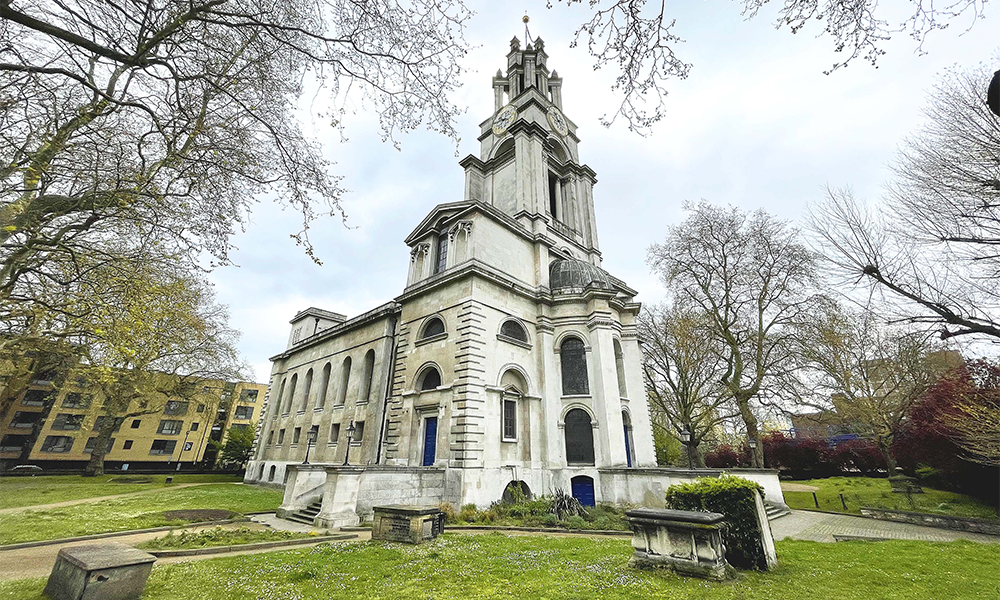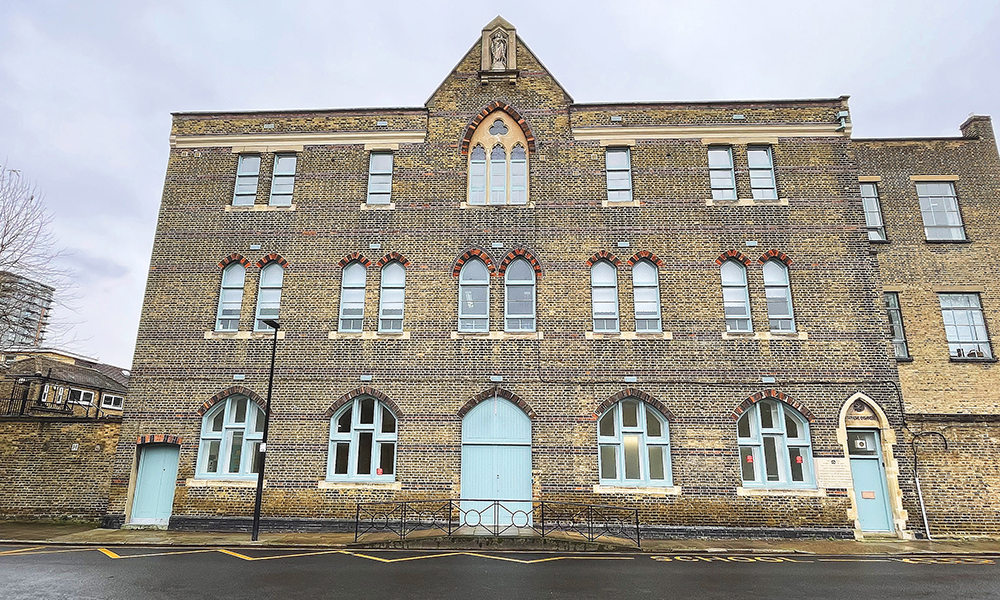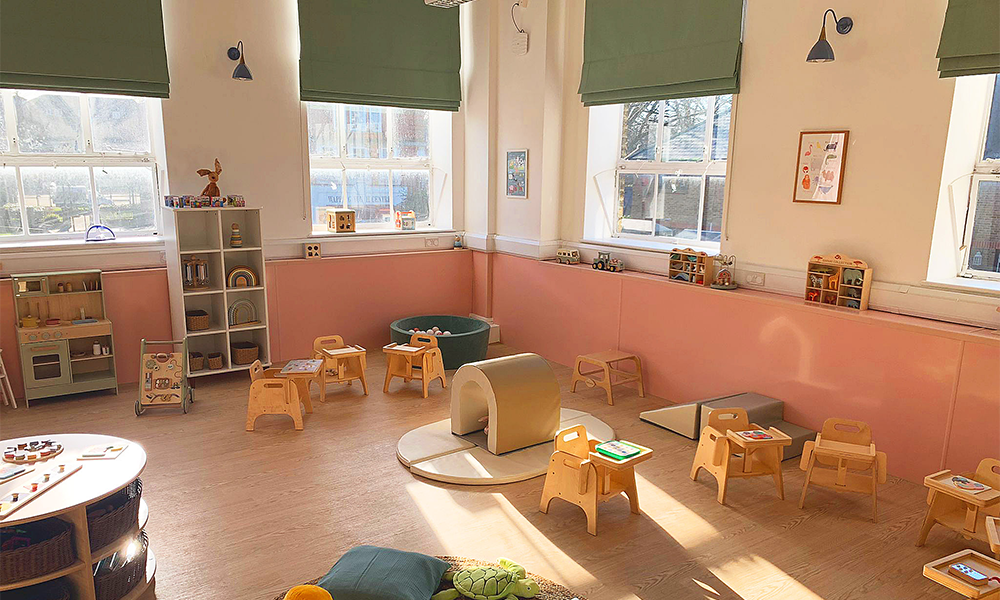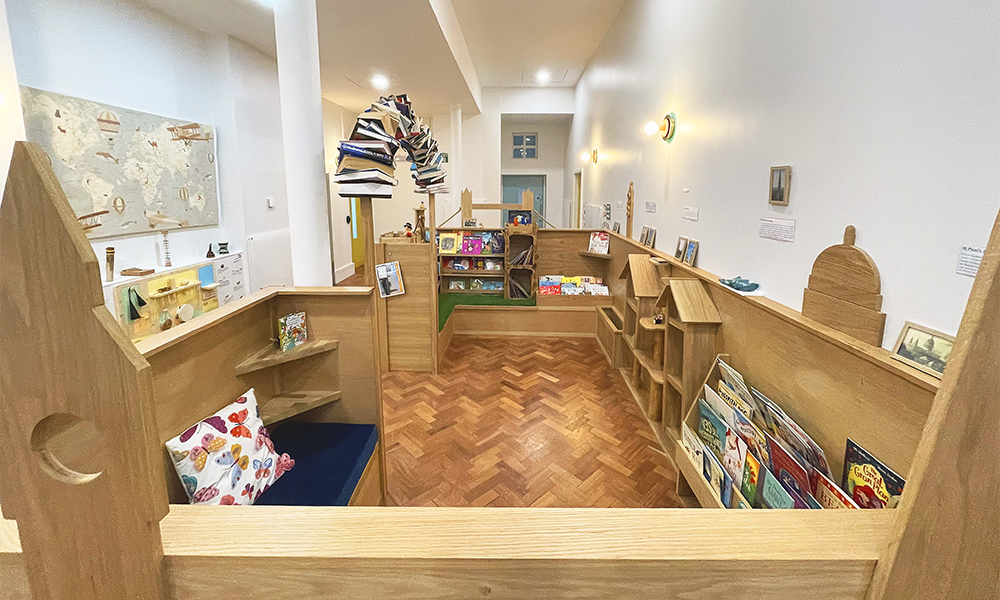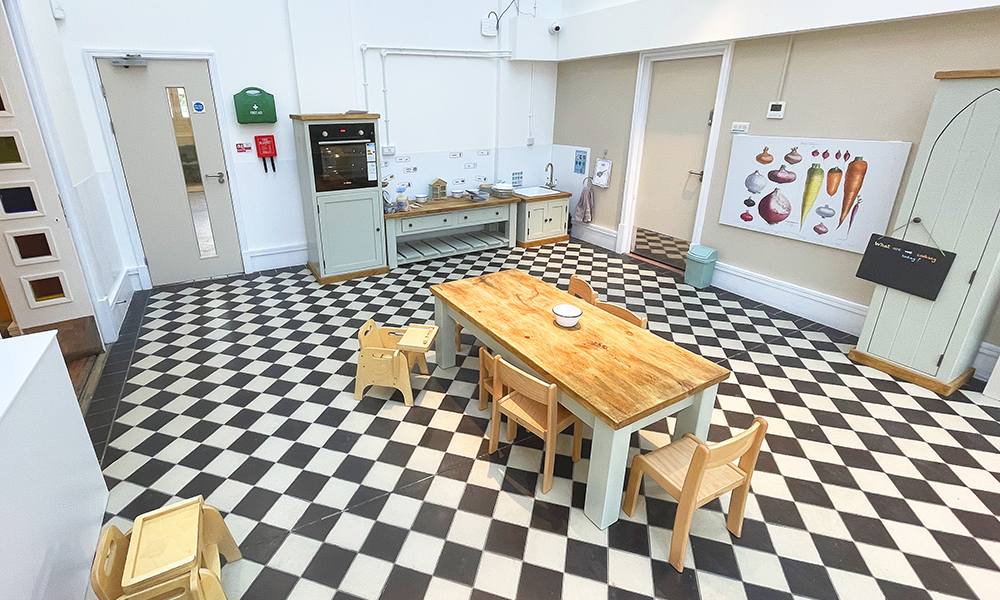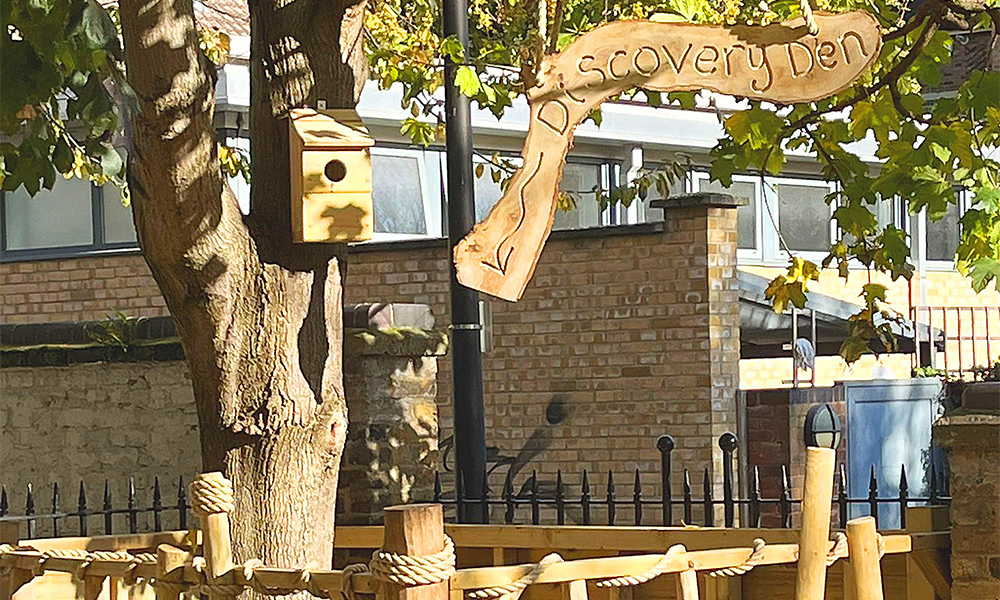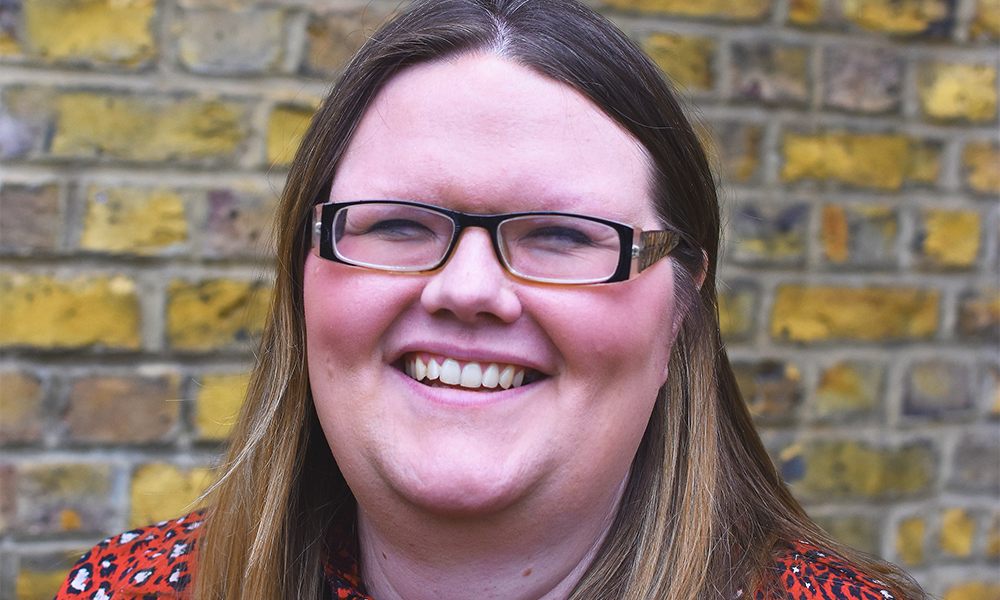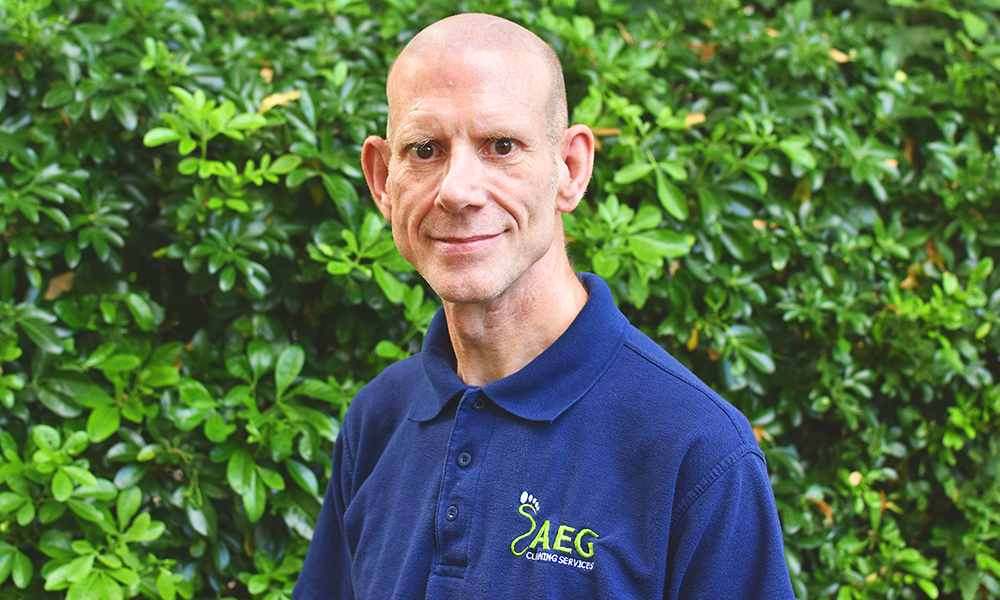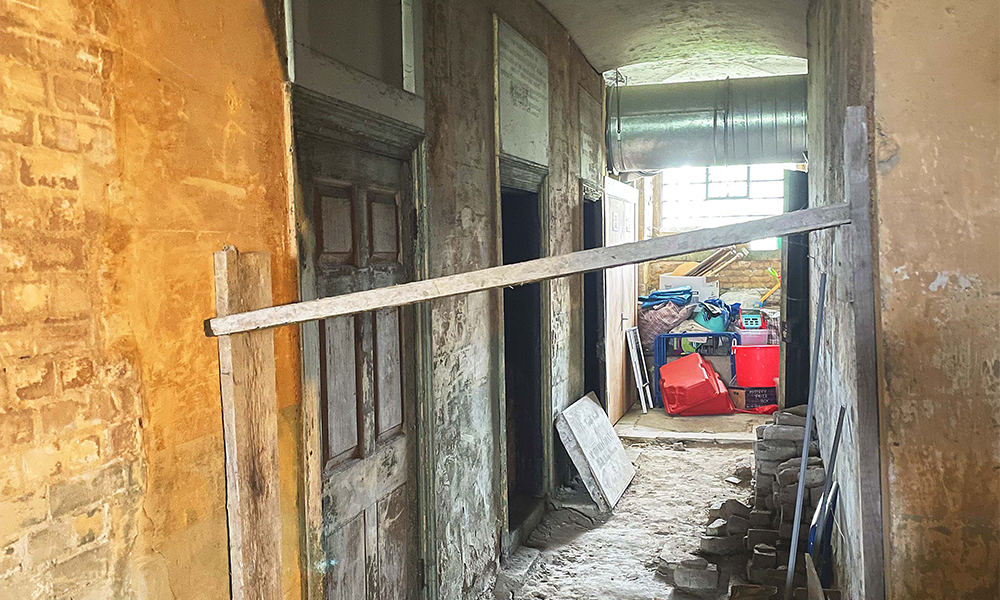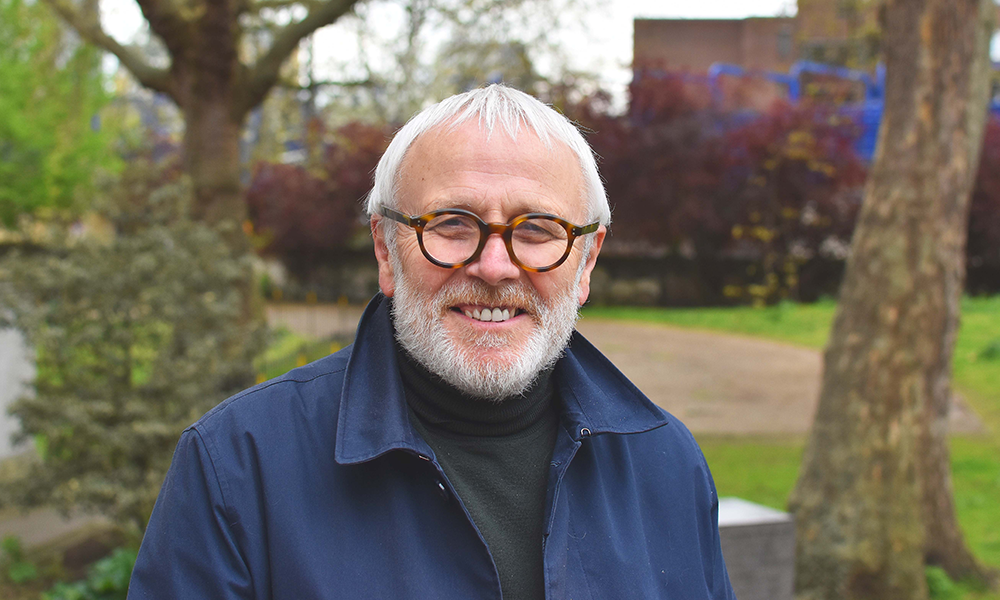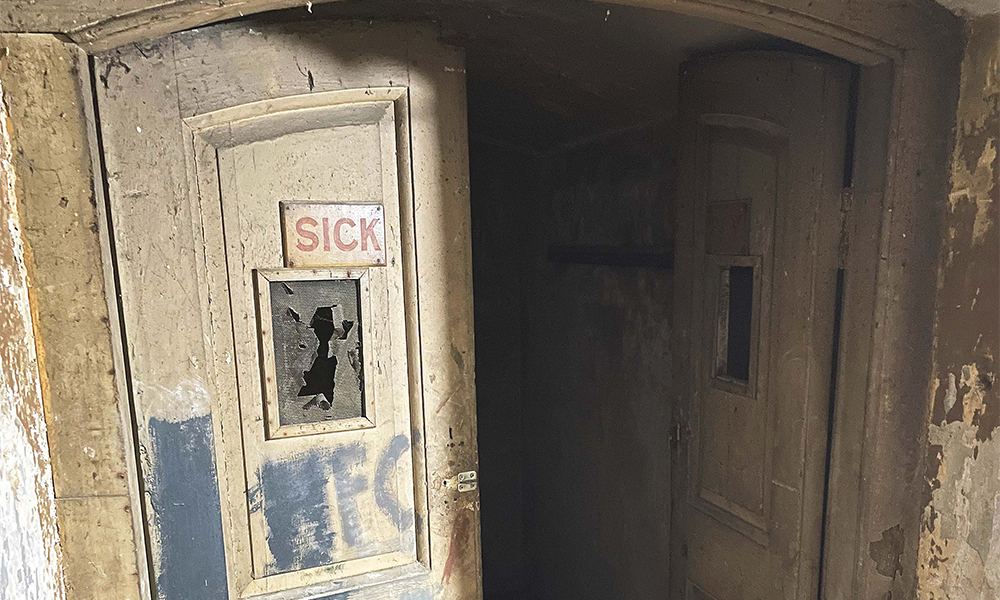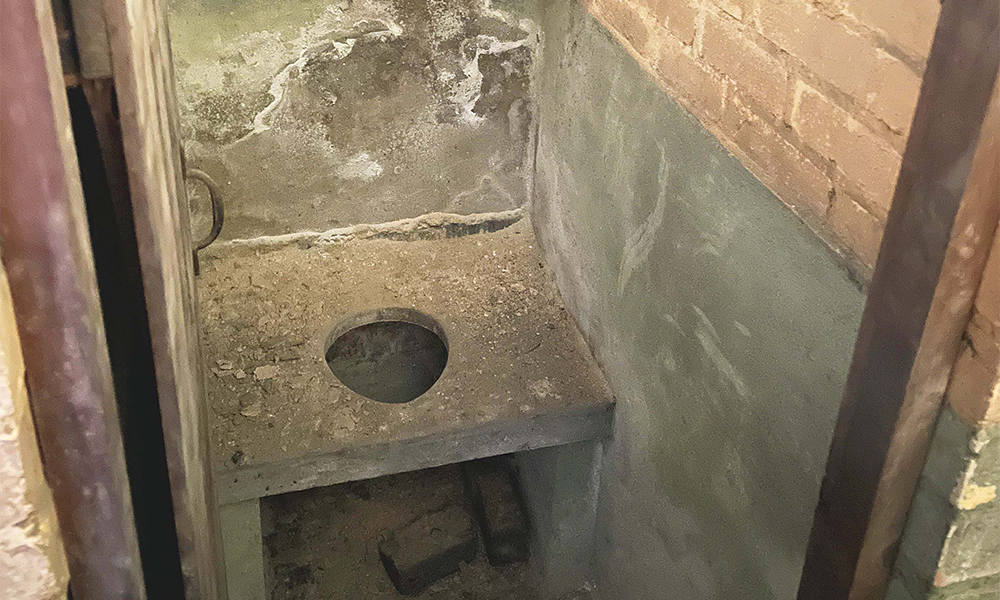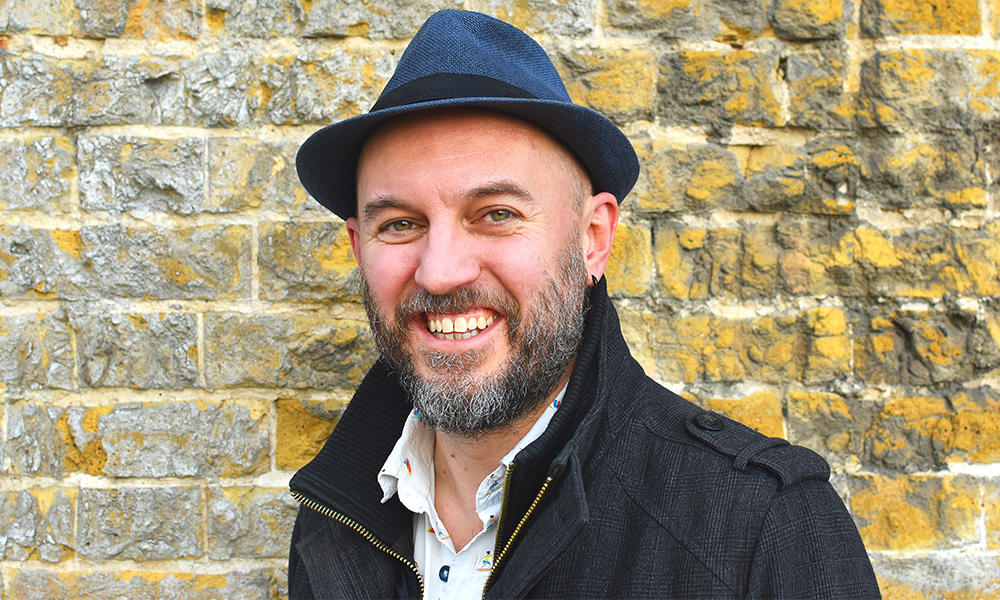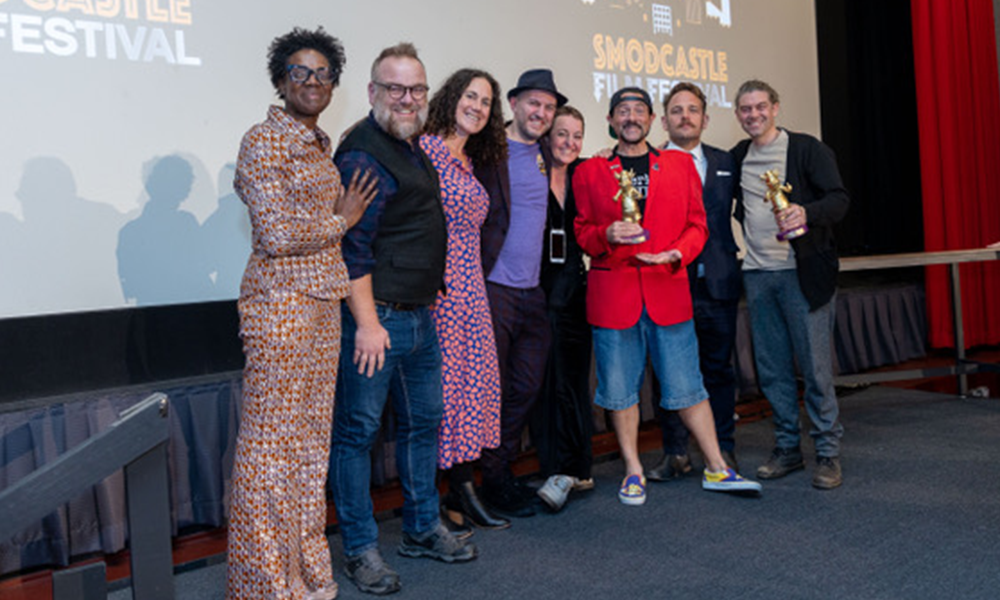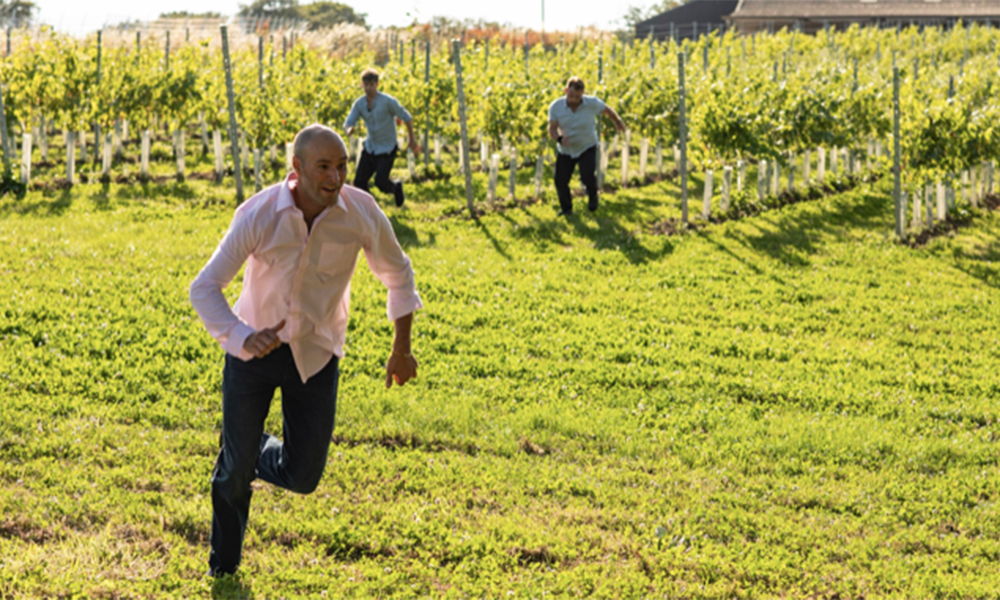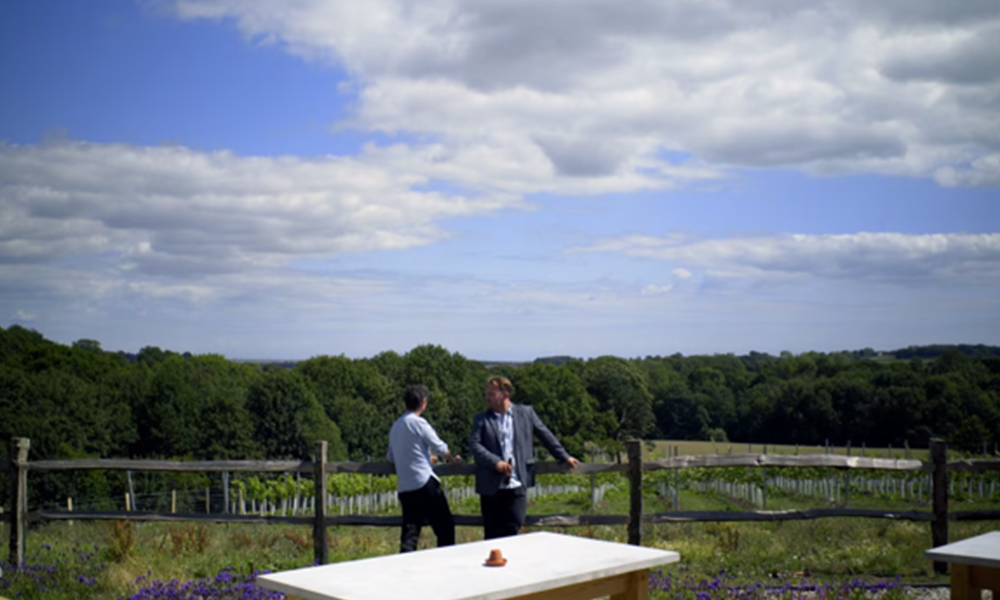Cellist Tom Hosted is leading concert series at the Royal Foundation Of St Katharine in east London with free entry and donations welcomed
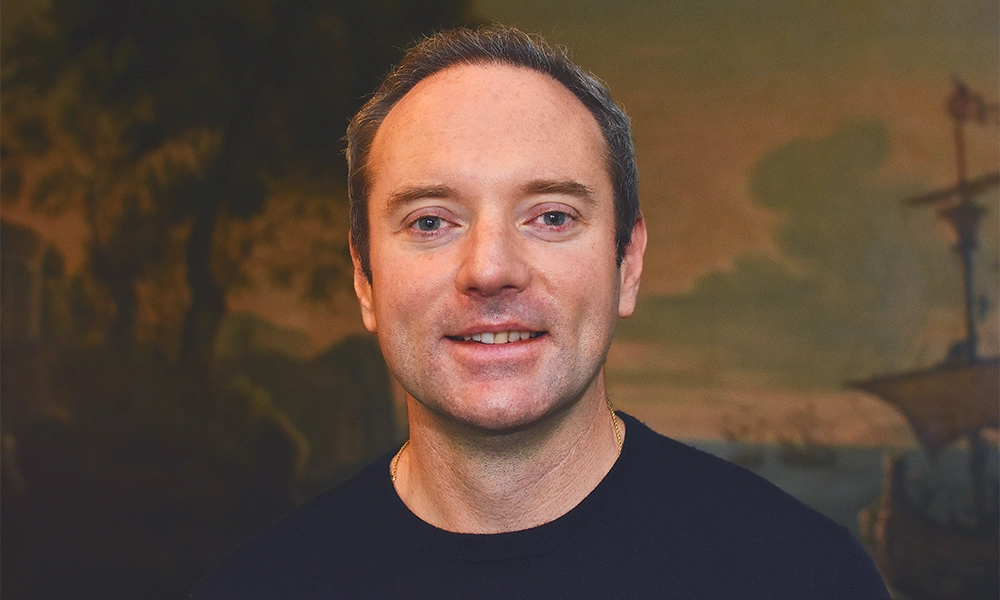
Subscribe to our free Wharf Whispers newsletter here
Tom Hosted’s passion has always been music.
He studied as a cellist at the New Zealand School Of Music, completing a masters in chamber music and performing with a string quartet for about a year after graduation.
But life took a different turn when other members went overseas to study.
He quit playing professionally, opting instead to study law and then pursuing a career in the field initially in Auckland and then in Abu Dhabi with Allen & Overy and with Clifford Chance in Brazil, before arriving in the UK four years ago in his current role as senior associate at Baker McKenzie.
“Coming to London enabled me to get involved in the amazing classical music scene here,” said Tom.
“What you have are all these amateur orchestras with people playing at a very high standard, even though they’re often pursuing different careers.
“When I got here it was really inspiring.
“I joined the London City Orchestra, which puts on a small number of concerts each year and offers a way for people to play music while also following their careers in banking and so on.
“I was playing more and more – getting my confidence up again – but there wasn’t much chamber music happening and that’s where the idea for Brahms Club came from.
“Chamber music is the holy grail all musicians want to play because you can hear yourself – you’re not having to blend into an orchestra.
“Johannes Brahms is the greatest composer of this type of music, he offers a glimpse of the sublime for audiences.
“It’s such a rewarding experience for musicians to play his pieces – they’re so uplifting and positive.
“I really do believe his music helps people get through tough times and lifts them up, inspiring them to greater things.
“Brahms Club is for people who want to play his works and for those who want to listen to them.”

creating Brahms Club
Tom hit on the idea of staging a series of concerts to perform the composer’s complete cycle of chamber works.
As a Limehouse resident he sought out a local venue and “the Royal Foundation Of St Katharine immediately said yes”.
“They have a goal to get more involved with the community around them and said that anything like this was helpful for them,” said Tom.
“They got behind the idea from the word go and have been so supportive.”
The concerts began earlier this month and take place at 2pm on Sundays in the retreat centre’s chapel.
Tickets are free, with donations taken in support of three charities – Ilumina in Brazil, IMS Prussia Cove in Cornwall and the Royal Foundation itself.
“I reconnected with some of my old professional musician friends,” said Tom.
“At first, I was a bit embarrassed approaching them and saying I wanted to play chamber music.
“But I told them about this project and that we were fundraising for charities and they said they really wanted to do it and it’s really come together.
“The first concert was quite magical – it was a really special atmosphere with the audience sitting round the performers at the same level.
“It had a real feeling of warmth and it was quite relaxed with people clapping at the end of each movement, which felt really nice.
“I’m performing myself in some of the concerts and for the first one – Brahms Piano Trio No 1 In B Major, I was playing with my friend Jennifer Lee who’s a professional pianist.
“It was so moving, quite emotional, because we used to play together when we were in high school in Christchurch and we’d played the piece when she was 14 and I was 15.
“We’d fallen out of touch over the years and she’s a phenomenal player so this was a great chance to reconnect – we both love the music and it was really special to perform with her alongside violinist Tim Yap, the leader of the London City Orchestra, who’s amazing.”
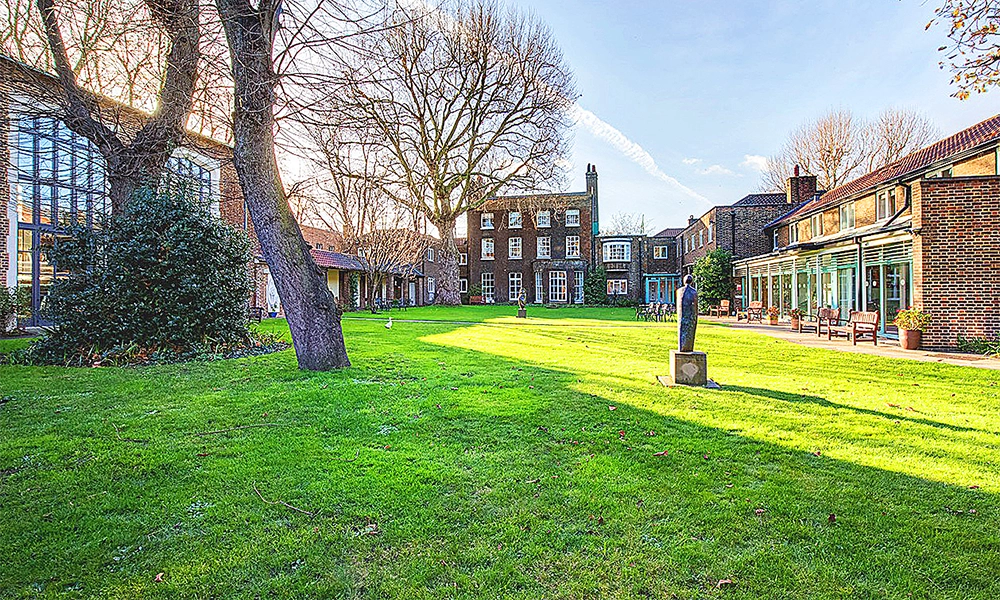
raising money for good causes
Of the 19 concerts programmed, 17 remain, featuring a wide variety of performers, including participants from two of the charities supported.
Tom said: “Ilumina is centred around a festival on an old coffee plantation in Brazil.
“There, they bring talented students from all around the country together to study and play with musicians from overseas.
“After spending a few weeks together, they then go on an international tour with the professors, with some getting funding to continue their studies overseas.
“It’s an incredible charity and we’re hoping to feature one of the musicians who has benefited from its support in the concert series.
“In addition to Ilumina and The Royal Foundation, the other musical charity we’re supporting is IMS Prussia Cove, an amazing project, which hosts a residential course in Cornwall.
“Top musicians go there and the students play there for a week, then they come to London, and it’s really important for the next generation of musicians to get those experiences.
“Violinist Tim Crawford, who’s come up through that programme and is really in demand, is set to perform with us for Brahms’ String Sextet No 2 In G Major and Cello Sonata No.1 In E Minor on November 23, which will be a real highlight of the series.
“Another will be violinist Jennifer Stumm and friends on December 14.”
a community effort
While Tom is the driving force behind Brahms Club, he’s had support from the local community.
“Many people have helped with the project,” he said.
“My neighbour, Fatima Carvalho and her husband Richard Lapper, have been absolutely crucial in getting stuff done.
“Fatima is Brazilian and put me in touch with Ilumina and helped us sell out the first concert.
“Richard, a journalist and author, acted as master of ceremonies and will hopefully be introducing several of the pieces.
“Brahms himself grew up in the docklands of Hamburg and you can imagine him finding familiarity in this part of London.
“He was famously diffident and didn’t want to be famous, cancelling a trip to Oxford to receive an honorary degree because he found out promoters were trying to organise a concert of his music at Crystal Palace to coincide with it.
“He told a friend in a letter his only regret was that he wouldn’t get to see London’s docks.”
key details: Brahms Club
The Brahms Club concerts take place at The Royal Foundation Of St Katharine on Sundays at 2pm.
Dates for your diaries in 2025 include November 16, 23 and 30 plus December 7, 14 and 21.
Performances will then continue in 2026 from March 1 and then into April and May.
Tickets are free with donations welcome – all proceeds go to charity.
Full listings can be found online. You can book your place for the recitals on the Brahms Club website.
Read more: Why a degree in hospitality and tourism can boost your career







